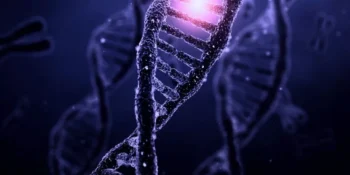Scientists Find a Simple, Green Way to Recycle Teflon
Key Points Scientists have found a simple, green way to recycle Teflon. The method uses "mechanochemistry"—shaking—to break down the durable plastic. It converts Teflon into harmless carbon and useful sodium fluoride. The recovered fluoride can be used to make toothpaste...







































